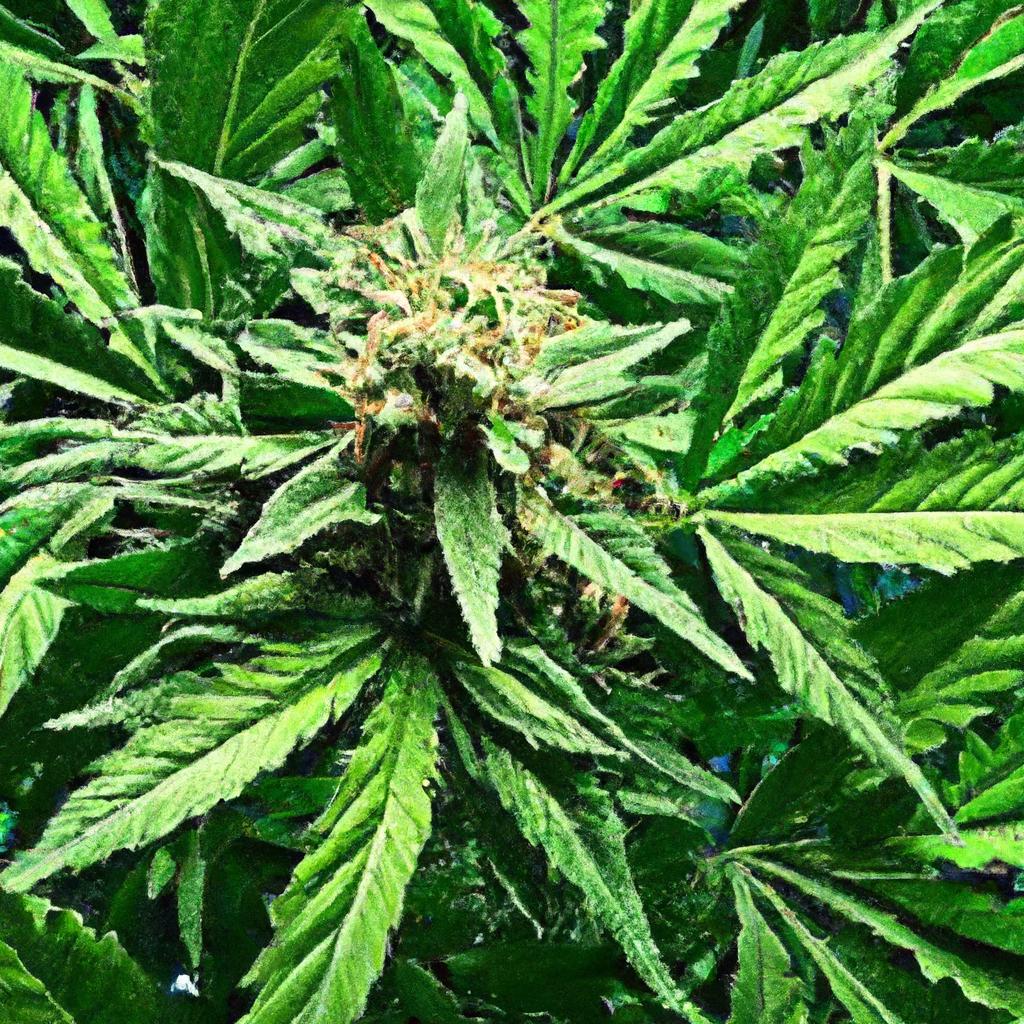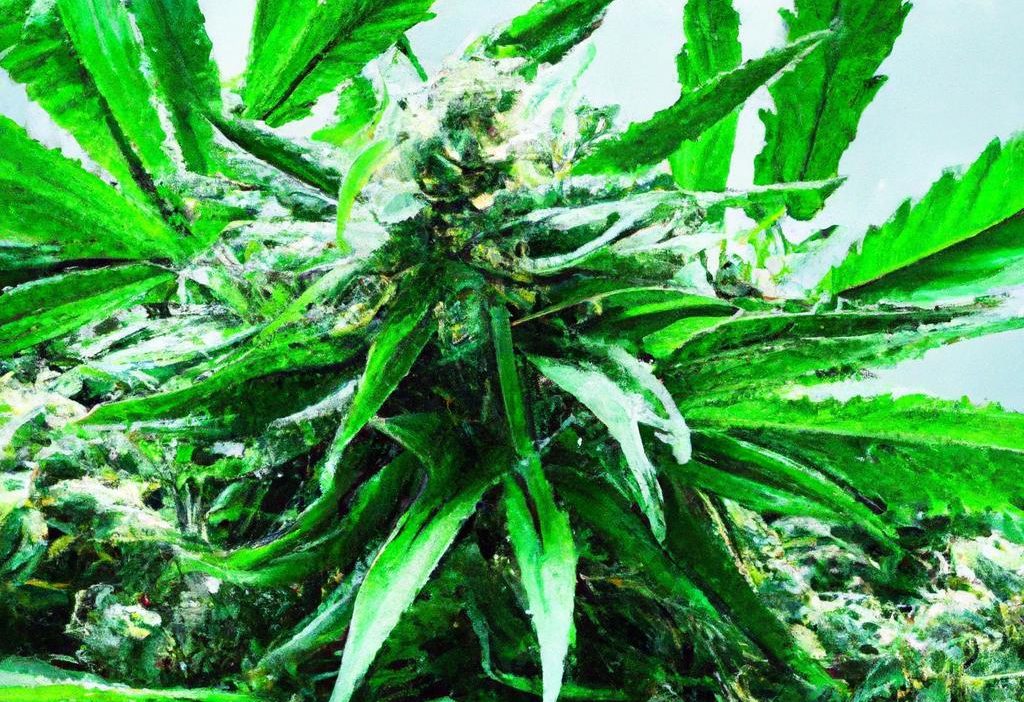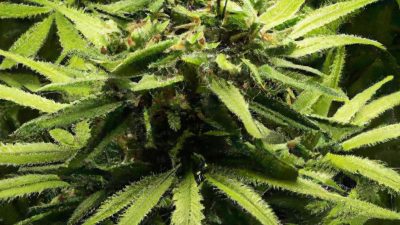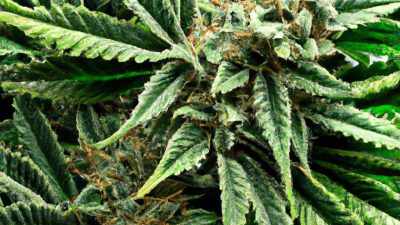
Daily, Weekly, Monthly: Maintenance Schedules That Work for Cannabis Cultivation & Processing
Maintaining a thriving cannabis grow operation or processing facility requires more then just expert knowledge in cultivation techniques and post-harvest processing. A well-structured maintenance schedule-broken down into daily, weekly, and monthly tasks-is crucial to ensure equipment efficiency, plant health, and product quality. This article explains how you can integrate effective maintenance routines into your cannabis operations, whether you’re managing indoor grow rooms, hydroponic systems, or state-of-the-art cannabis post-processing equipment.
Why Maintenance Schedules Matter in Cannabis Cultivation and Processing
In the cannabis industry, where precision and consistency directly impact the potency, flavor, and safety of the final product, proper maintenance can’t be overlooked. Here’s why a structured maintenance schedule is essential:
- Maximizes Equipment Longevity: From LED grow lights to extraction machines, regular upkeep prevents costly breakdowns and downtime.
- Improves Plant Health: Routine cleaning and calibrations ensure optimal growing conditions,reducing the risk of pests,mold,and disease.
- Enhances Product Quality: Clean, well-maintained post-processing equipment avoids contamination and preserves cannabinoid and terpene profiles.
- Reduces Operational Costs: Proactive maintenance decreases emergency repairs and energy waste.
Daily Maintenance Tasks for Cannabis Cultivation and Equipment
Daily checks are the backbone of any prosperous cannabis operation. These tasks address immediate needs and prevent small issues from becoming larger problems.
- Inspect plants for pests, nutrient deficiencies, or diseases. Early detection protects the entire crop.
- Check environmental controls: Ensure humidity, temperature, CO2 levels, and airflow systems are operating within target ranges.
- Clean work surfaces and tools: Minimize microbial contamination risks in cultivation and trimming areas.
- Test water quality and pH: Vital for hydroponic and soil grows to maintain nutrient availability.
- Monitor grow lights and timers: Confirm lights turn on and off as scheduled and without flickering or malfunction.
- Empty waste bins and sanitize extraction areas: Especially critical in cannabis post-processing to maintain hygiene standards.
Weekly Maintenance Tasks for Steady Cannabis Growth and processing Efficiency
Weekly maintenance often involves more detailed inspections and calibrations designed to keep systems running efficiently and plants in peak condition.
- Clean and calibrate sensors and gauges: Including CO2 sensors, pH meters, and nutrient dosing controllers.
- Inspect irrigation and nutrient delivery systems: Flush and clean drip lines or hydroponic reservoirs to prevent clogging and biofilm buildup.
- Prune cannabis plants and remove dead material: Enhances airflow and prevents disease propagation.
- Deep clean trimming and drying rooms: Eliminate residue buildup that could attract mold or pests.
- Check HVAC system filters and replace if needed: Ensures clean air circulation and energy efficiency.
- Conduct equipment lubrication and tighten fittings: Notable for trimming machines, extraction systems, and conveyor belts.
Monthly Maintenance Tasks for Long-Term Cannabis Facility Health
Monthly checks focus on system-wide evaluations, preventative upkeep, and improvements that support consistent high-quality yields and safe post-processing.
| Task | Description | Cannabis Operation Area |
|---|---|---|
| Deep Clean HVAC and Air Filtration | Remove dust, pollen, and mold spores from ventilation systems to maintain air quality. | Grow Room / Extraction Lab |
| Service and Test Backup Power Systems | Ensure generators and UPS units work in power failure situations. | Entire Facility |
| Inspect Electrical Panels and Wiring | Identify frayed wires or overloaded circuits that could cause downtime or hazards. | Equipment Rooms / Grow Areas |
| Calibrate Extraction Equipment | Fine-tune solvent flow rates, vacuum pressures, and temperatures for consistent concentrates. | Post-Processing / Extraction |
| Audit Inventory and Equipment Usage Logs | Optimize usage patterns and plan for replacements or upgrades. | Operations / Management |
| Review Pest Management Protocols | Modify integrated pest management (IPM) strategies based on seasonal changes and observations. | Grow Facility |
Benefits of Adopting Structured Maintenance Schedules
Implementing daily, weekly, and monthly maintenance schedules for cannabis cultivation and processing brings multiple benefits:
- Reduced Risk of Crop Failure: Early detection of problems helps prevent costly losses.
- Improved Compliance: Well-maintained equipment frequently enough meets regulatory requirements for cannabis manufacturing and safety.
- Enhanced Operational Efficiency: Routine upkeep minimizes unexpected downtime and improves workflow.
- Better Product Consistency: Steady environmental and processing controls safeguard cannabinoid potency and terpene profiles.
- Extended Equipment Lifespan: preventative actions delay the need for expensive replacements.
Practical Tips for Creating Your Cannabis Maintenance Calendar
Building a functional schedule for your cannabis operation doesn’t have to be intricate. Here are some tips:
- Use Digital Tools: Apps and calendar software with reminders can help staff stay on track.
- Assign Responsibility: Clearly delegate daily, weekly, and monthly tasks to specific team members.
- Document Everything: Keep logs of maintenance activities - they can be valuable during audits or troubleshooting.
- Adjust Seasonally: modify the schedule based on changes in plant growth stages or external environmental conditions.
- invest in Quality Equipment: Higher-quality tools and processing machines may require less frequent maintenance.
Conclusion
Well-organized daily, weekly, and monthly maintenance schedules are indispensable for cannabis cultivators and processors striving to maximize yield, quality, and operational efficiency.By integrating routine inspections, cleanings, calibrations, and system audits, cannabis businesses can mitigate risks, optimize equipment performance, and produce premium products that stand out in a competitive market. Whether you are operating a small boutique grow or a large-scale extraction facility, a proactive maintenance strategy paves the way for long-term success in the ever-evolving cannabis industry.





